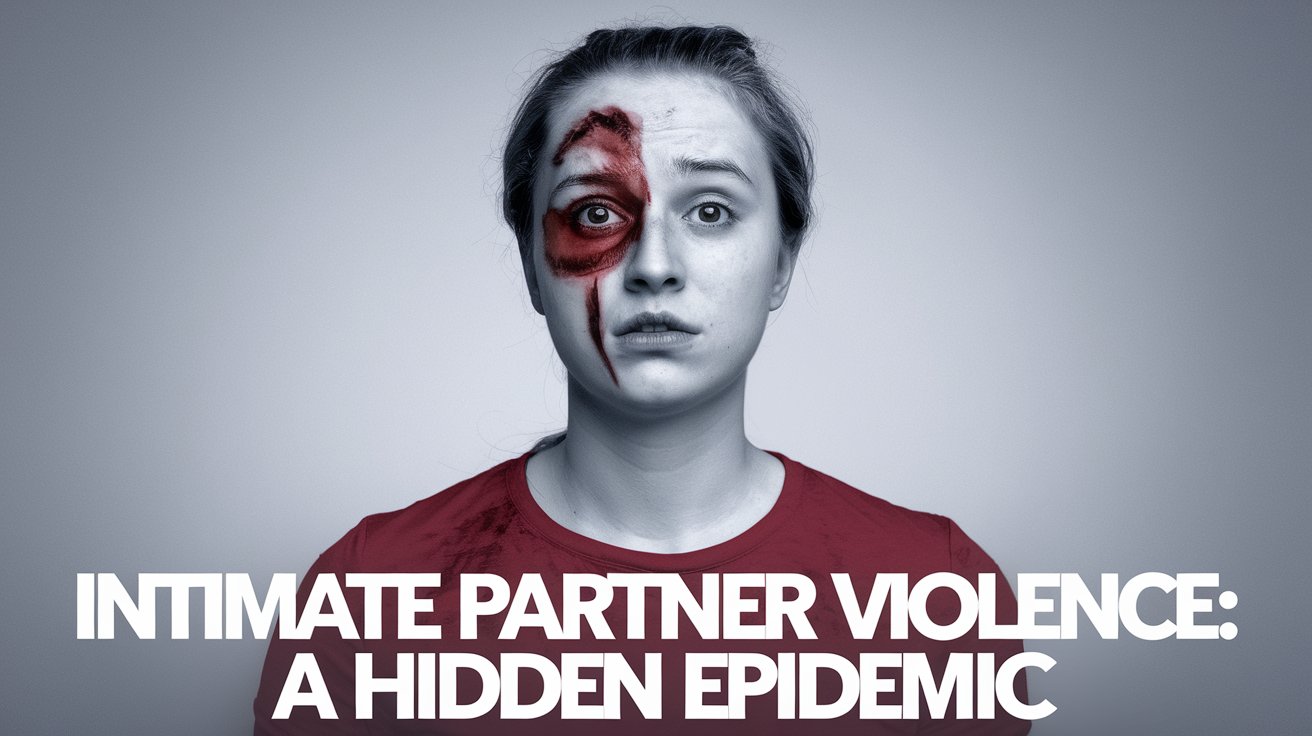
Intimate Partner Violence: A Hidden Epidemic
Intimate Partner Violence (IPV) is a critical public health issue that affects millions of individuals worldwide, regardless of gender, socioeconomic status, or cultural background. It encompasses physical, emotional, psychological, sexual, and financial abuse between partners in an intimate relationship. IPV not only causes immediate harm but also has long-lasting consequences on mental and physical well-being.
Understanding Intimate Partner Violence
IPV occurs in different forms, ranging from physical assault and verbal abuse to coercive control and financial exploitation. Some common manifestations include:
Physical Violence: Hitting, slapping, choking, or any form of bodily harm.
Emotional and Psychological Abuse: Manipulation, humiliation, intimidation, and threats.
Sexual Abuse: Forced or non-consensual sexual acts within the relationship.
Financial Control: Withholding financial resources or preventing a partner from working.
Digital Abuse: Cyberstalking, monitoring social media, or using technology to control a partner.
Causes and Contributing Factors
Several factors contribute to IPV, including:
Power and Control: The abuser seeks dominance over their partner.
Cultural and Societal Norms: Gender inequality and traditional roles can normalize violence.
Substance Abuse: Alcohol and drugs can exacerbate violent tendencies.
Childhood Trauma: Witnessing domestic violence in childhood increases the risk of becoming an abuser or victim.
Economic Dependency: Financial struggles can create stress and power imbalances.
Impact of IPV
The effects of IPV extend beyond the victim and can impact families, communities, and society at large. Victims often suffer from:
Physical injuries such as bruises, fractures, and chronic pain.
Mental health issues like depression, anxiety, and post-traumatic stress disorder (PTSD).
Social isolation due to fear, shame, or manipulation.
Economic instability if they are financially dependent on the abuser.
Children who grow up witnessing IPV may experience emotional trauma, struggle with relationships, and have an increased likelihood of engaging in violence later in life.
Breaking the Cycle of Violence
Preventing IPV requires a multi-faceted approach that includes education, legal interventions, and community support. Some key steps include:
Raising Awareness: Public campaigns to educate individuals about IPV and its consequences.
Empowering Victims: Providing resources such as shelters, counseling, and financial assistance.
Legal Protection: Strengthening laws against domestic violence and ensuring strict enforcement.
Community Support: Encouraging open discussions and building support networks.
Therapeutic Interventions: Helping both victims and perpetrators through counseling and rehabilitation programs.
Seeking Help
If you or someone you know is experiencing IPV, it’s crucial to seek help. Reach out to trusted friends, family members, or professional organizations that provide support to victims of abuse. Hotlines, counseling centers, and legal aid services can offer guidance on how to escape an abusive situation safely.
Conclusion
Intimate Partner Violence is a serious issue that demands collective action from individuals, communities, and governments. Breaking the cycle of abuse requires education, awareness, and strong support systems for survivors. No one deserves to live in fear—every person has the right to a safe and respectful relationship.
 Sign In With Google
Sign In With Google
Leave A Comment